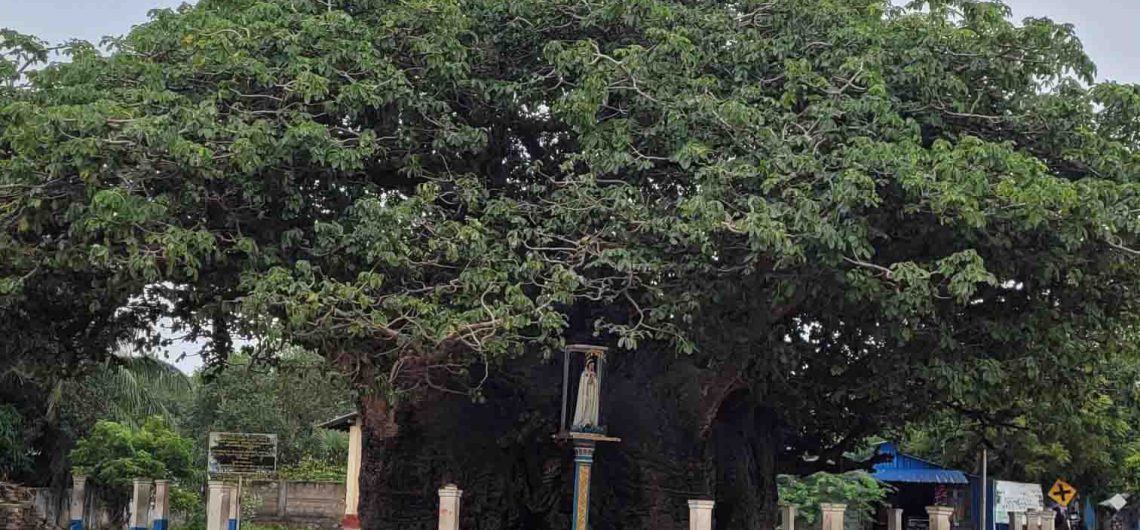The Baobab tree, a living testament to a botanical odyssey across continents, graces the landscape of Mannar in Sri Lanka. Known by various names like biobab, boab, boaboa, bottle tree, upside-down tree, and monkey bread tree, these ancient giants weave a majestic tale of nature, mystery, and cultural significance.
Believed to have been introduced to Sri Lanka by Arabian traders, the Baobabs have stood resilient against the currents of time. A 2003 study identified around 40 Baobab Trees in Sri Lanka, with Mannar hosting 34 of these ancient beings. Among them, the Pallimunei Baobab reigns supreme, estimated to be around 800 years old. This magnificent giant boasts a circumference of 19.5 meters and a height of 7.5 meters.
In Sri Lanka, the Baobab is affectionately called Ali-Gaha, translating to Elephant Tree, owing to its bark resembling an elephant’s skin. Tamils, on the other hand, refer to it as ‘Perukka.’ Despite being an introduced species, these trees are safeguarded for their rarity and historical value. The Baobabs were not confined to Mannar alone, as historical accounts note their presence in Jaffna and Puttlam.
English travelers, captivated by these colossal trees, marveled at their mysterious importation from Africa. Sir James Emerson Tennent, in “Ceylon – An Account Of The Island” (1860), speculated that early mariners, possibly predating the Portuguese, could have introduced these colossal trees. The unique shape of the baobab, resembling a bulb rather than a typical stem, added to the intrigue.
Henry W. Cave, in “The Book of Ceylon” (1908), acknowledged Mannar’s commercial decline but highlighted its fame for the peculiar baobab trees. The landscape, dominated by these monstrous trees, added an unusual charm to an otherwise barren terrain.
Despite the ambiguity surrounding their introduction, Baobab trees are now protected in Sri Lanka, standing as silent witnesses to centuries gone by. The peculiar charm of these shapeless, massive stems continues to capture the imagination of those who venture to Mannar. As a testament to their enduring mystique, these trees serve as living conduits to an age when mariners traversed oceans, carrying with them botanical wonders from distant lands.
For travelers seeking a rendezvous with these botanical giants, Mannar offers a unique opportunity. Explore the Baobab Grove, particularly the iconic Pallimunei Baobab, and immerse yourself in the enigmatic aura of these ancient sentinels. As you stand beneath their massive branches, feel the whispers of time and the secrets of a landscape where these majestic trees have become synonymous with Mannar’s identity.
In conclusion, Mannar’s Baobab trees beckon adventurers and nature enthusiasts alike, inviting them to partake in a journey that transcends continents and epochs. As guardians of history and natural wonders, these Baobabs stand tall, their gnarled trunks and sprawling branches weaving stories that continue to echo through the ages.
.
.
.
(Cover Image Credit: Channa Jayasinghe from FB)


Comments